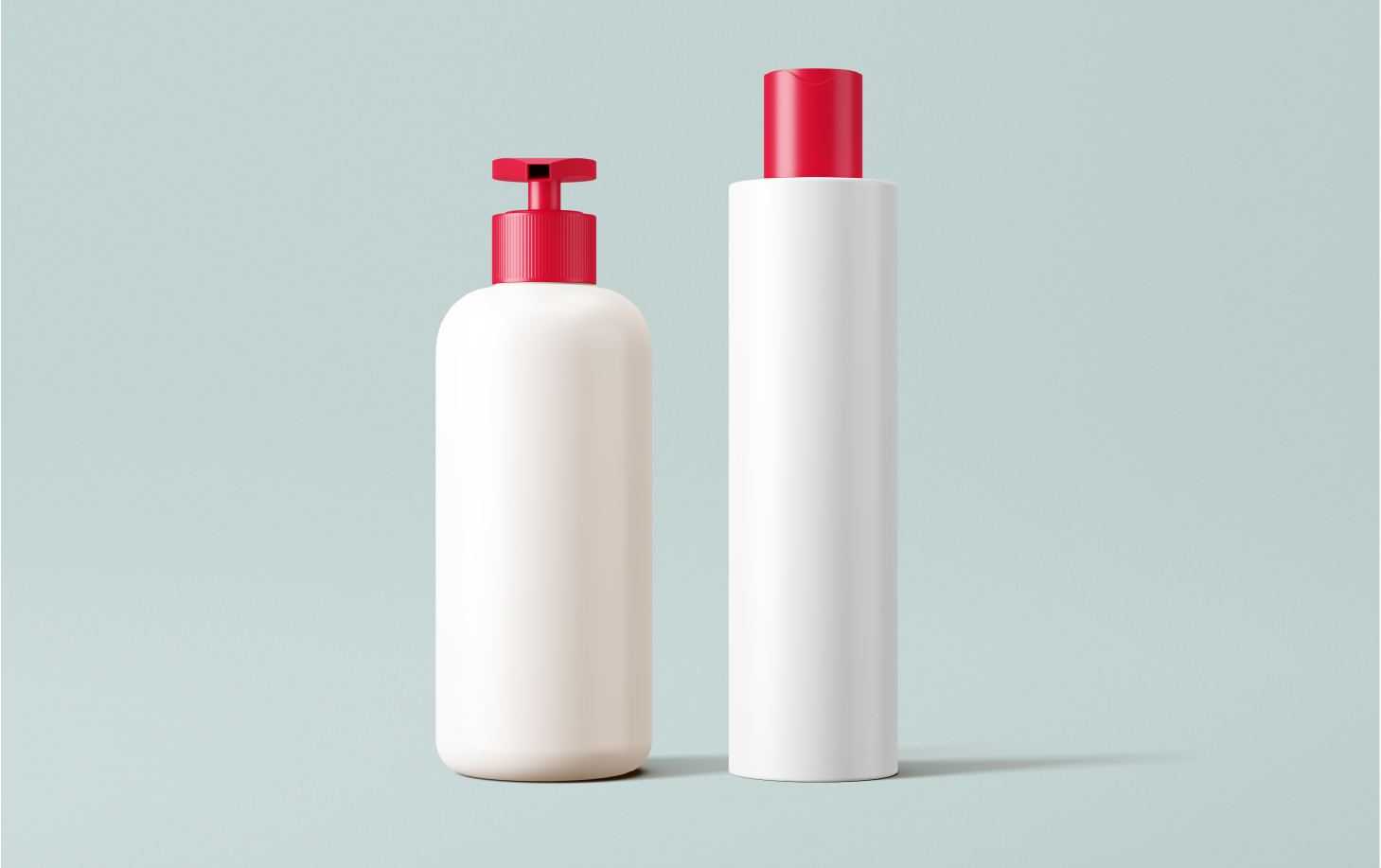TOPAS Advanced Polymers is the world’s leading maker of cyclic olefin copolymer (COC), a glass-clear and extremely pure plastic for packaging and healthcare applications. From insulin delivery devices to food contact films, TOPAS® COC is the high-performance material of choice, with broad food and medical regulatory compliance. Enabling our customers to make better high density polyethylene (HDPE) containers is one of the many ways TOPAS® COC boosts product performance.
Many plastic containers are required to have a shiny and glossy surface finish to meet customer preferences. Most brands prefer higher gloss plastic containers to help their brand and products stand out on the shelves at retail stores. PET (polyethylene terephthalate) is often preferred by consumers because of its glossy surface finish, the durability of the plastic, and its relatively light weight. Traditionally, HDPE bottles and containers have a less glossy surface than PET.
But now, there is absolutely no reason to settle for a drab HDPE extrusion blow molded (EBM) container. A thin skin of TOPAS COC – a glass-clear ethylene copolymer – boosts gloss, printability, and consumer impact, all while adhering tenaciously to the HD underneath. And the best part, the plastic bottles remain recyclable with HDPE!
TOPAS plastics are highly resistant to many chemicals and are commonly used to deliver long shelf life with chemical stability. In an EBM HDPE bottle, making the product contact layer from TOPAS COC is all it takes to provide extra chemical resistance, while retaining strong moisture barrier.
Compared to HDPE plastics alone, adding COC provides greater container stiffness and better resistance against heat in extrusion blow molded HDPE products, making containers less likely to deform or fail when stored at higher than normal temperatures, such as a truck or storage warehouse in the summertime without air conditioning. TOPAS COC is also highly tolerant of freezing temperatures, unlike some plastics. All of the material we supply for HDPE bottle enhancement complies with US FDA regulations for direct contact with food.
Most PET bottles today are made using the ISBM (injection stretch blow molding) process. For many years, packaging firms and resin suppliers have explored the potential of ISBM to produce HDPE containers. The goal is thinner HDPE bottles than EBM at faster rates, conserving resin and improving economics. Unfortunately, using HDPE plastics alone, processing windows have been narrow at best. But with the addition of TOPAS COC, speeds and process robustness of HDPE are greatly enhanced. Be among the first to take advantage of this new technology that delivers source reduction with lighter weight containers.

Thank you very much for your interest in TOPAS COC. You may contact us at the locations below, or via the form.